BRK #104
Potato Potahhto Edition...!
I wanted to jot down some notes regarding our recent potato harvest. I intend to sow some potatoes next season, and I'm not the only one. Here's to drawing on what we observed from this year's growing and harvest.
TL; DR: Plant purple and red varieties, with red seemingly ideal. Placement ought to be about 1/3 the way up the
hugel berm. Fruiting is within the first 6 inches-ish of soil. Seems to be a connection between potatoes and irises.
==LOCATION==
I ended up planting a load of potatoes right at the base of the Basecamp 1 hugel. There were other potato plants on other hugels some distance further up, and in general those plants had a higher yield. This may also have something to do with the variety, which I'll discuss below. but in general:
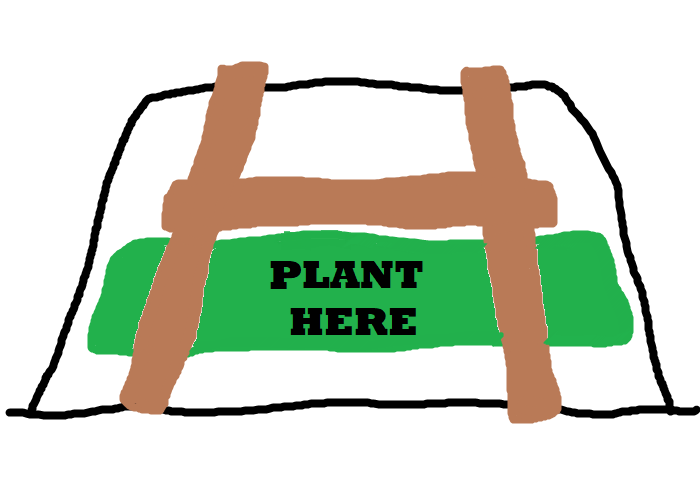
The potato plants at this location - not sopping up the water at the lowest levels of the hugel, but still in the lower half - seemed to be the healthiest and with the greatest yield.
==VARIETIES==
There were three different types of potatoes that I noticed. Unfortunately, I don't know the exact proper names for them so if you're familiar with them feel free to comment. In any case, I'll list them here in order of lowest- to highest-yield.
YELLOW/RUSSET
The good news about these potatoes is that they were likely the largest on average, but there seemed to be fewer of these than the other two varieties. This may be due to placement (for example, I planted a half-dozen of these in late May/early June at the base of Basecamp 1), so if we end up with more of these as seed potatoes we may want to modify where they're planted before we rule them out completely.
No bugs or parasites were noticed on these spuds, and their skins seemed intact and healthy across the entire harvest. There were some green potatoes in this bunch, but maybe the rocky soil forced them to grow too close to the surface. Not so sure about that, exactly.
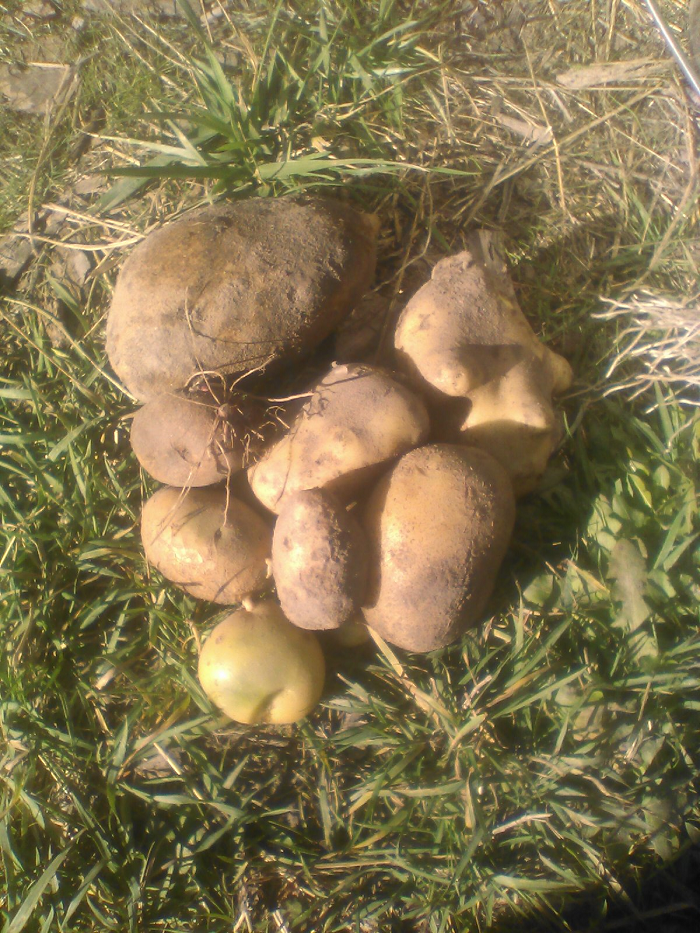
PURPLE
...How was I to know these were supposed to be purple all the way through?!?!?! I started shredding one of these for hash browns, and after being mixed with others the end result was tasty, but the colour may have been greyish and off-putting.
Beyond that, these smaller-than-usual potatoes grew well and were prolific on individual plants. Most were planted in the "sweet spot" I noted previously. I think they're a good choice in this zone/climate, provided we're able to keep up the irrigation.
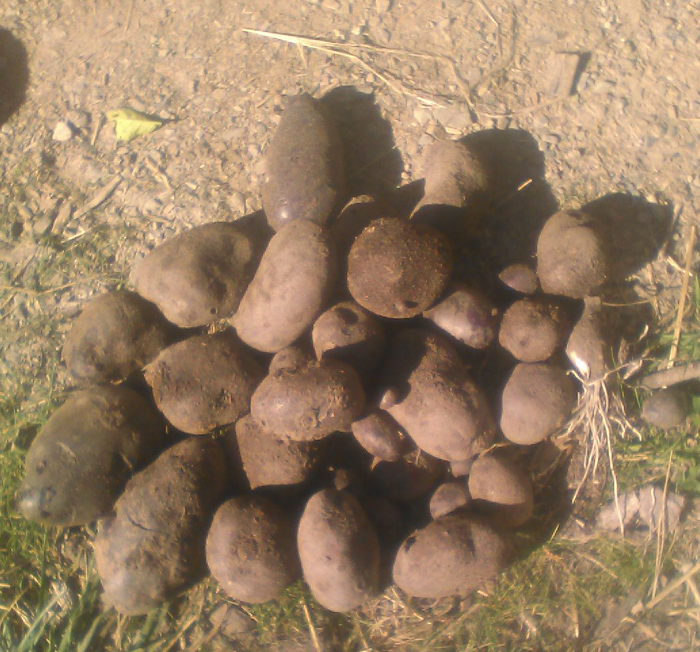
RED
The most prolific of the three varieties we harvested. The may seem a bit finicky for two reasons. The first was noted in a previous BRK post: they attracted some sort of white spots on their skins. This affected a small number of them, even less than 1/5 of the harvest. And I don't think there were any problems with them beyond the cosmetic, so far.
The second reason is that there were a couple "double" or multi-headed potatoes harvested. This is like if you had a handful of potatoes all stuck together. In one case, there was a conjoined pair, and in another case there were four conjoined spuds. Wut?!?!
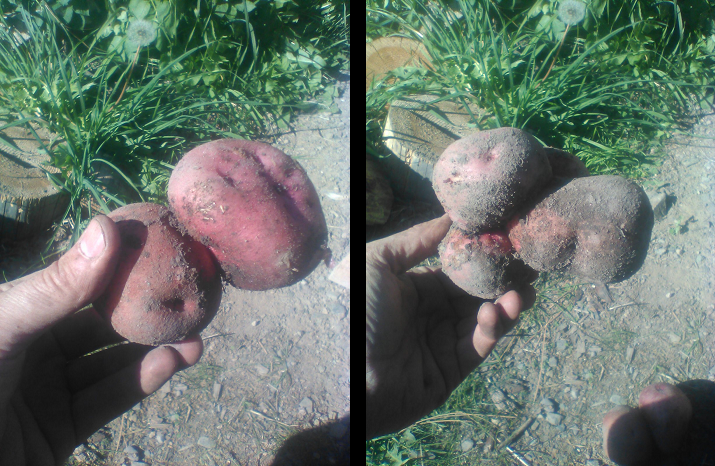
That being said, there were far more red potatoes than either of the other two varieties. Only the purple potatoes came close in terms of yield. Even though there was definitely some funny stuff going on, I think the red-skinned variety are what we ought to focus on for next year.
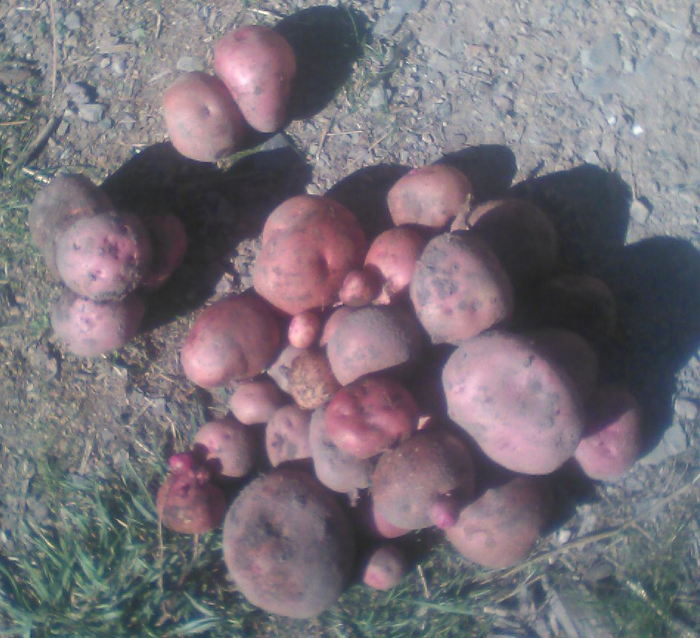
==IRISES==
There was one instance of over a dozen iris bulbs growing beneath the fruits from one potato plant. This seemed strange to me. We're planning on saving these, maybe planting them now so they can over-winter and then start growing early in the spring to attract pollinators.
Not sure what the connection was between these two plants. And searching "iris potato connection" brings up
Irish and
potato, a completely different subject, so I'd have to do some additional Internet digging to find something conclusive. If anyone has input in this, please share.
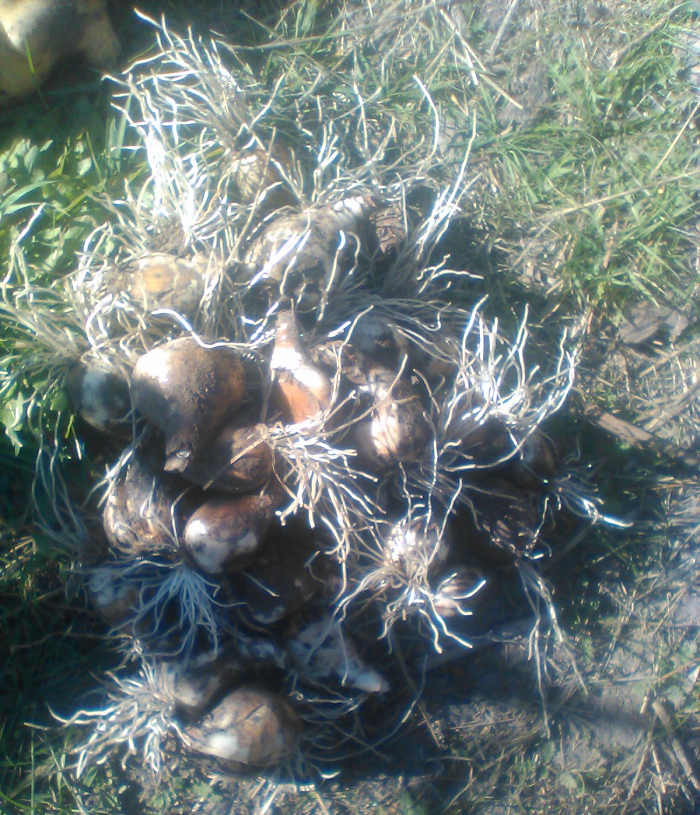
That's all for now. Thanks for reading, and enjoy your day...!


 3
3











 6
6





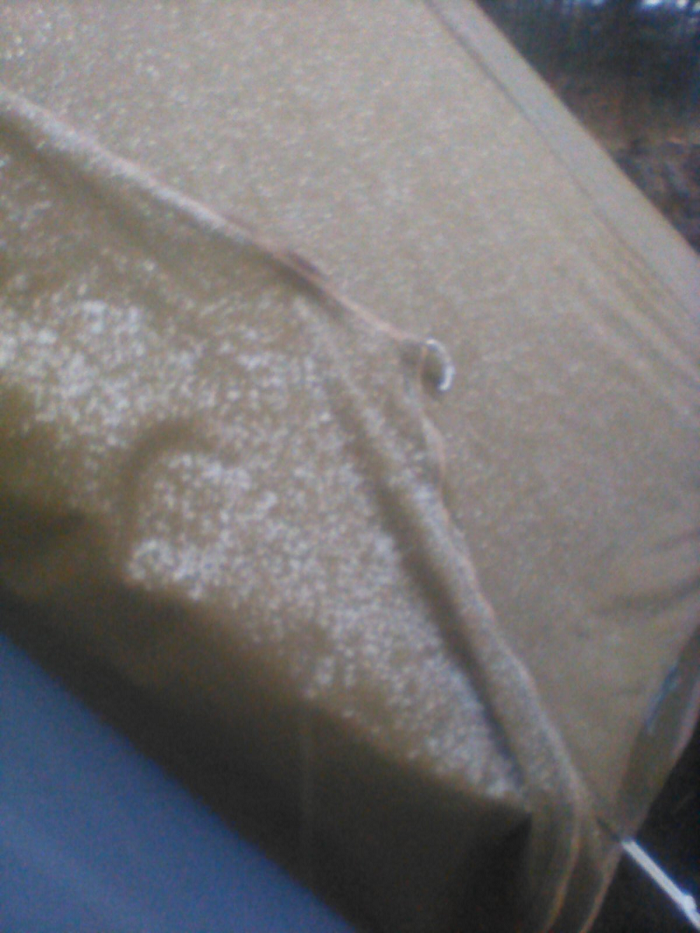
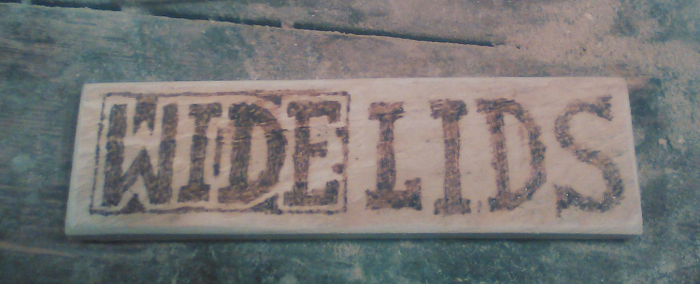
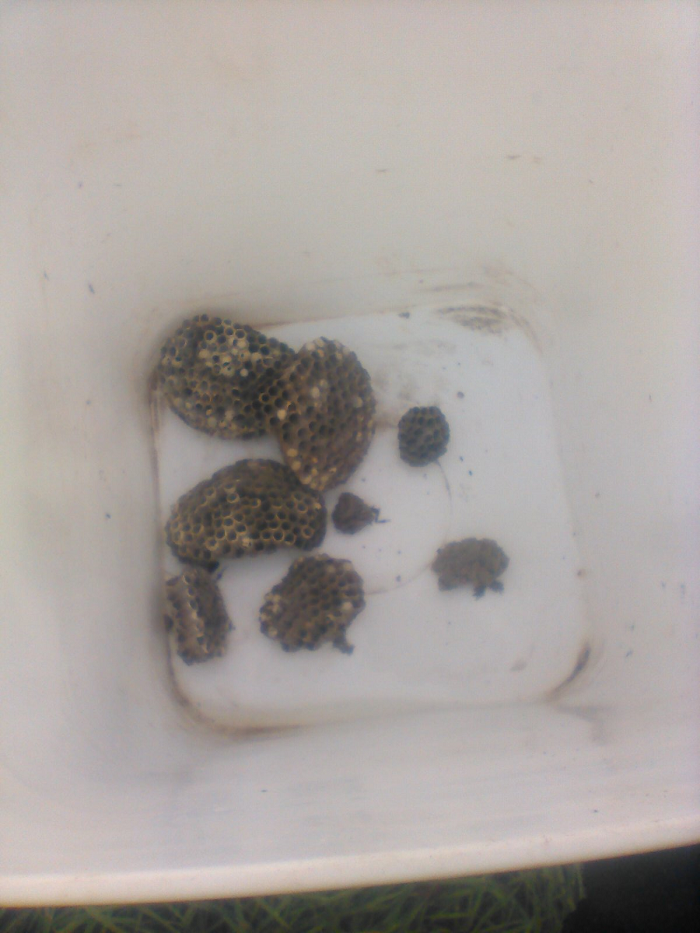


 4
4




 7
7





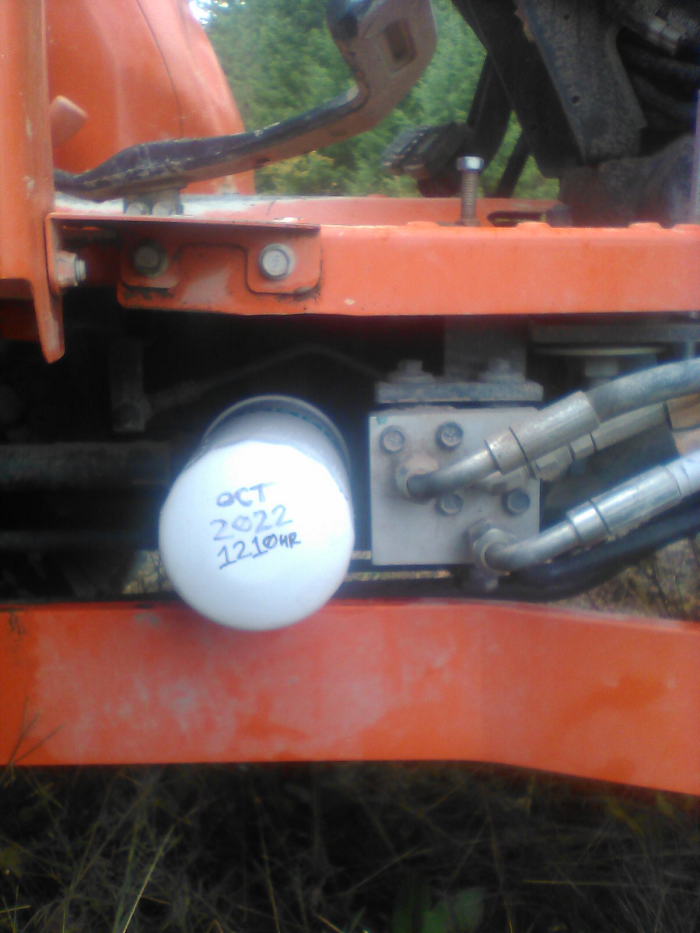
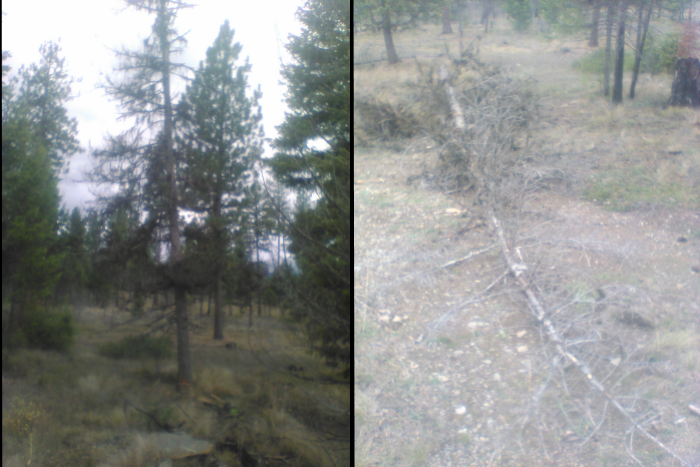
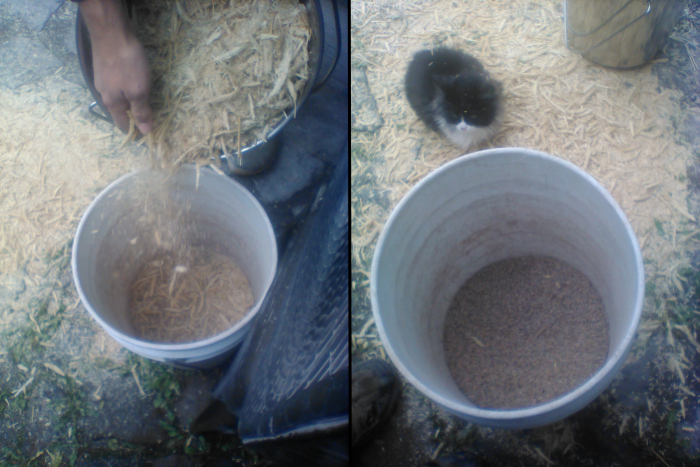

 1
1













